From the Field: Paola Pedraza-Peñalosa in the Colombian Andes
Posted in From the Field, Paola Pedraza-Peñalosa, Science on March 10 2011, by Plant Talk
Ed. Note: NYBG Scientist and Assistant Curator, Institute of Systematic Botany, Paola, Pedraza-Peñalosa recently returned from an expedition to the Colombian Andes where she was without electricity and the Internet. Upon returning to New York, she filed these briefs about her time in the field. Follow her journey on Plant Talk.
February 4, 2011; The findings, Las Orquídeas National Park; Antioquia, Colombia
Each day had its findings. Each day came with at least one amazing plant that brought all work to a stop. That plant could be one we thought was special because of its rarity (restricted geographic distribution), or one that locals use in some interesting way; sometimes a plant could be deemed special just because it is simply too beautiful. We have selected some of our favorite plants to share them with you.
Mangosteen and cucharo family (Clusiaceae):
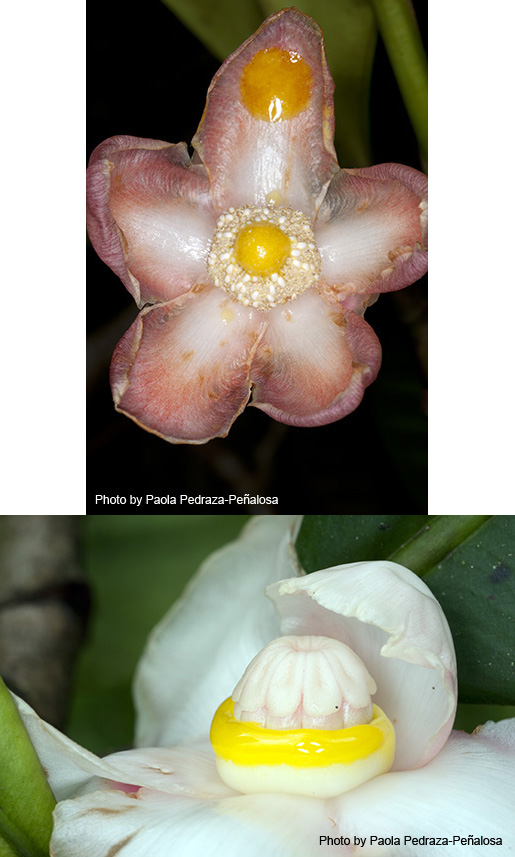
The genus Clusia is commonly known in the region as spoon-tree or cucharo because of its rigid and broad leaves that are spoon-like. In fact, its leaves proved quite handy to us in the field when we forgot our cutlery. The flowers of this Clusia (top right) have a bright yellow secretion in the center of the flower. The sticky secretion is processed to make glue and treat insect injuries. In other species of Clusia the secretion is not a mass at the center of the flower, but rather forms a ring (bottom right).
Epiphytic bromeliads (Bromeliaceae, pineapple family) and blueberries (Ericaceae, agraz and mortiño family):
Of the many type of epiphytes found in Las Orquídeas National Park, bromeliads were quite common as were relatives of the blueberry. Blueberries are native to North America, however, they have hundreds of relatives in the tropics that also produce berry-like fruits, some edible and others toxic.
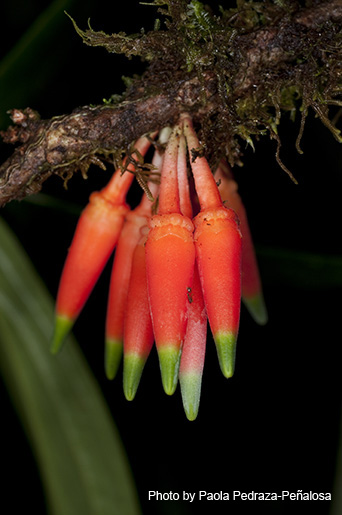
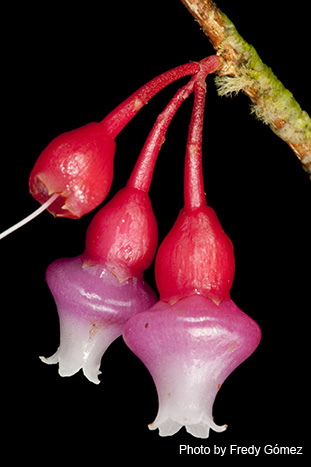
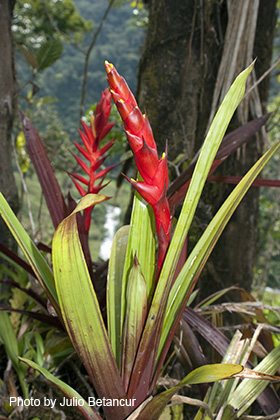
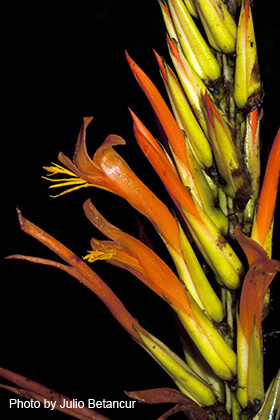
The orchid and orquídea family (Orchidaceae):
Of course, the park was named after the orchids, and these plants are abundant here. During the course of the fieldtrip more than 130 collections of orchids were made. We found plenty of terrestrial orchids, but most frequently, different kinds of epiphytic orchids with astonishingly small and beautiful flowers.
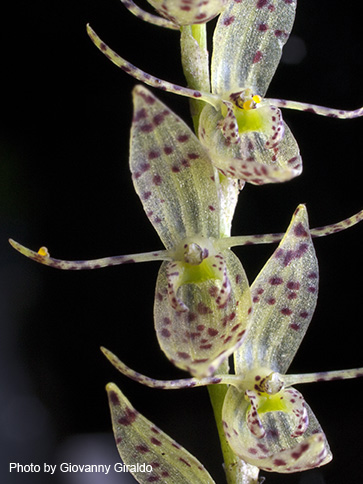
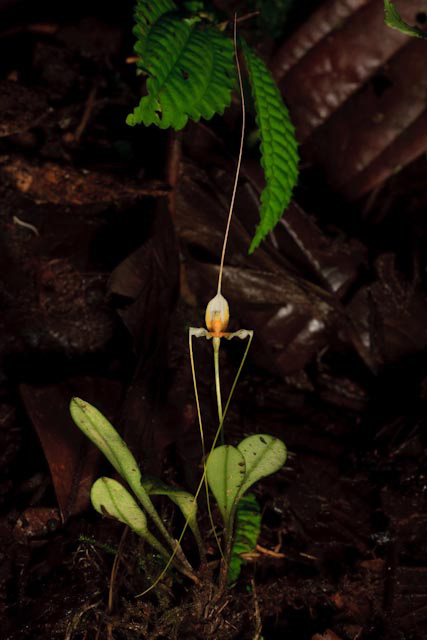
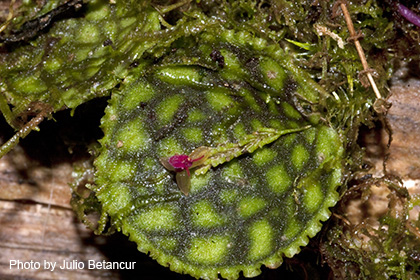
Black mouth and amarrabollos family (Melastomataceae):
During the trip we visited many different types of forests: forests dominated by one single group of trees, such as oak forests; and forests in which no particular group dominated or was more abundant. Plant diversity was higher in the latter type of forest when compared to the monodominant oak forests. But regardless of what type of forest we found ourselves in, we always found many species of the family Melastomataceae. The flowers of this group of plants (see below) can be particularly large and beautiful like in the genus Blackea.
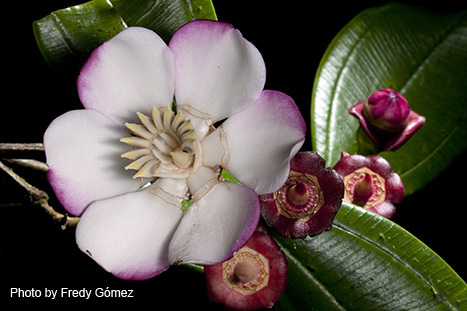
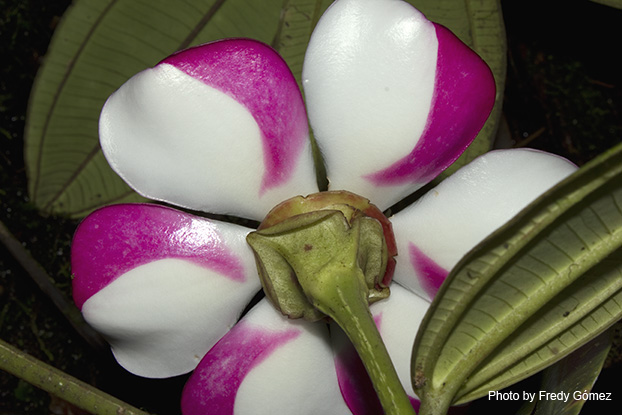
Acknowledgments: This project is funded by the National Science Foundation (NSF DEB 1020623). Photos courtesy of: Julio Betancur*, Giovanny Giraldo*, Fredy Gómez, María Fernanda González*, Paola Pedraza-Peñalosa. (Those marked with a * are affiliated with the Universidad Nacional de Colombia.)

